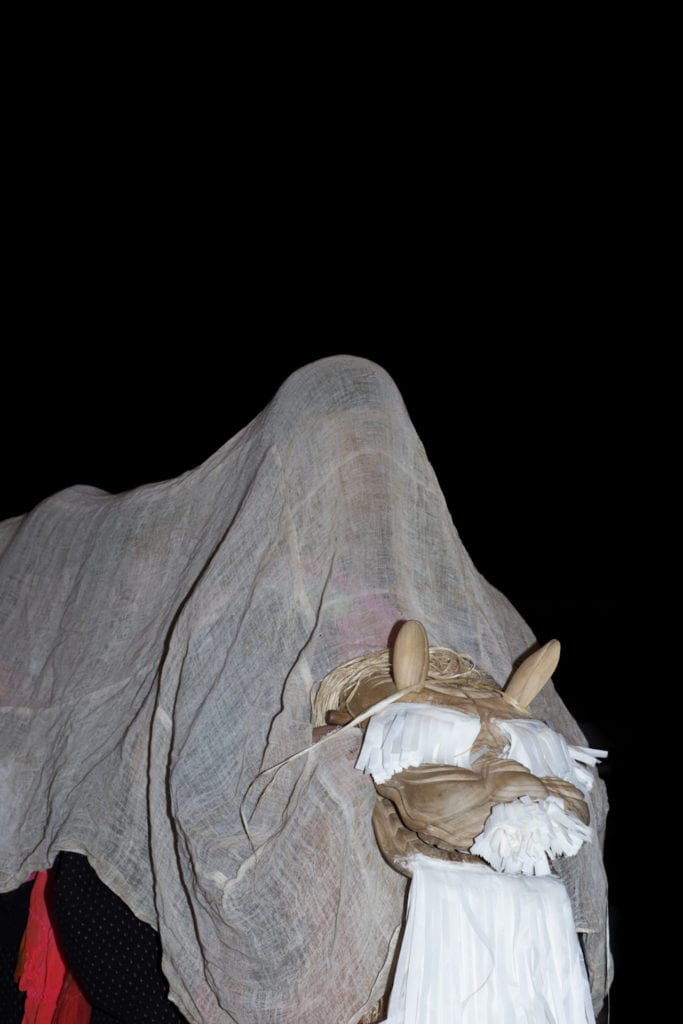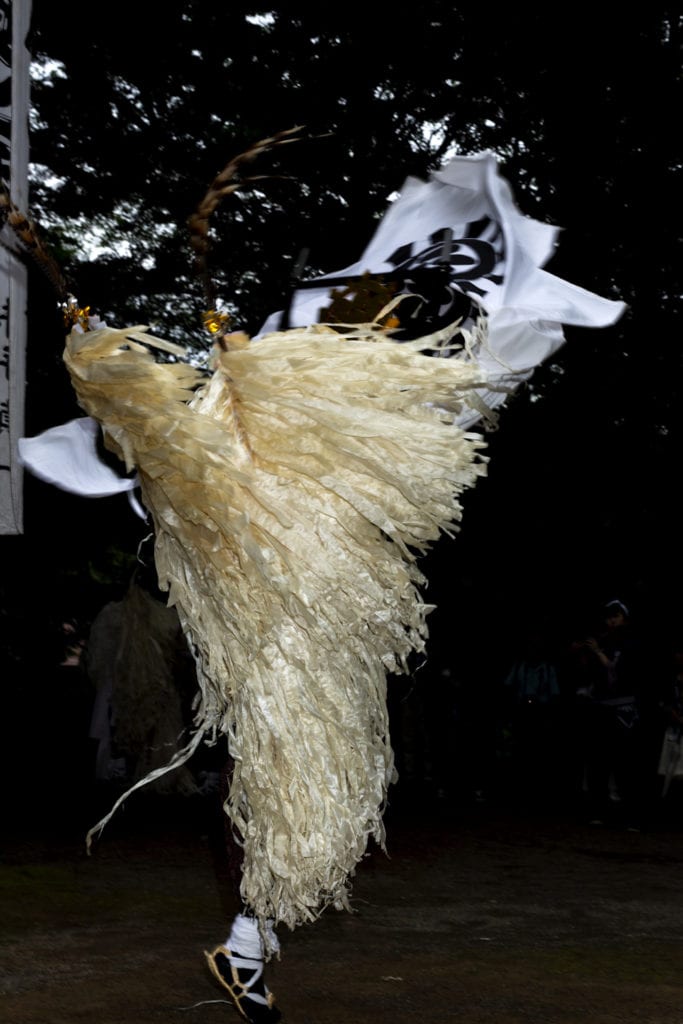Each year, at the start of spring in Okayama, Japan, tens of thousands of bare-skinned punters gather for the country’s largest ‘naked festival’, where men dressed in nothing but loincloths rock and writhe in a mass mosh-pit to compete for the ‘treasure tree’: a twig that symbolises good fortune for the year ahead. There are dozens of similar, naked traditions that take place annually all over Japan, but these make up only a fraction of the thousands of festivals that have been passed down through generations, some with origins many centuries ago.
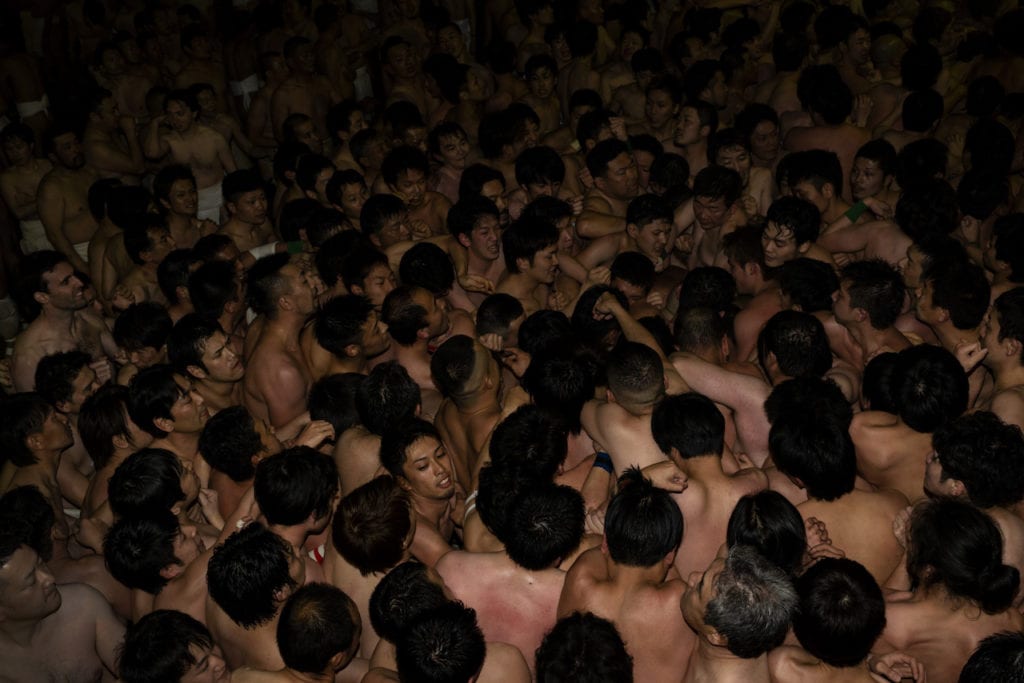
Japanese photographer Kisei Kobayashi’s hometown in Nagano Prefecture is the birthplace of Japan’s oldest and most dangerous festival. Held every seven years in the Yatsugatake mountain, the Onbashira festival involves riding 16 specially-chosen fir tree logs down a steep slope, eventually landing at four separate shrines that make up the Suwa Grand Shrine complex. The logs are then erected at the shrines until they are replaced at the next event seven years later.
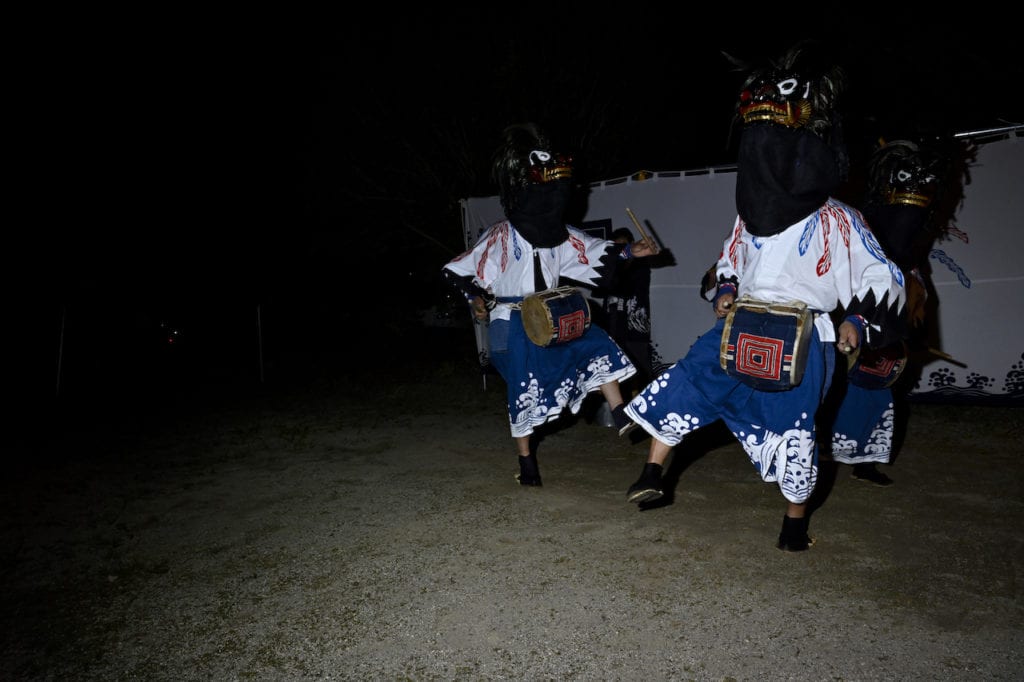
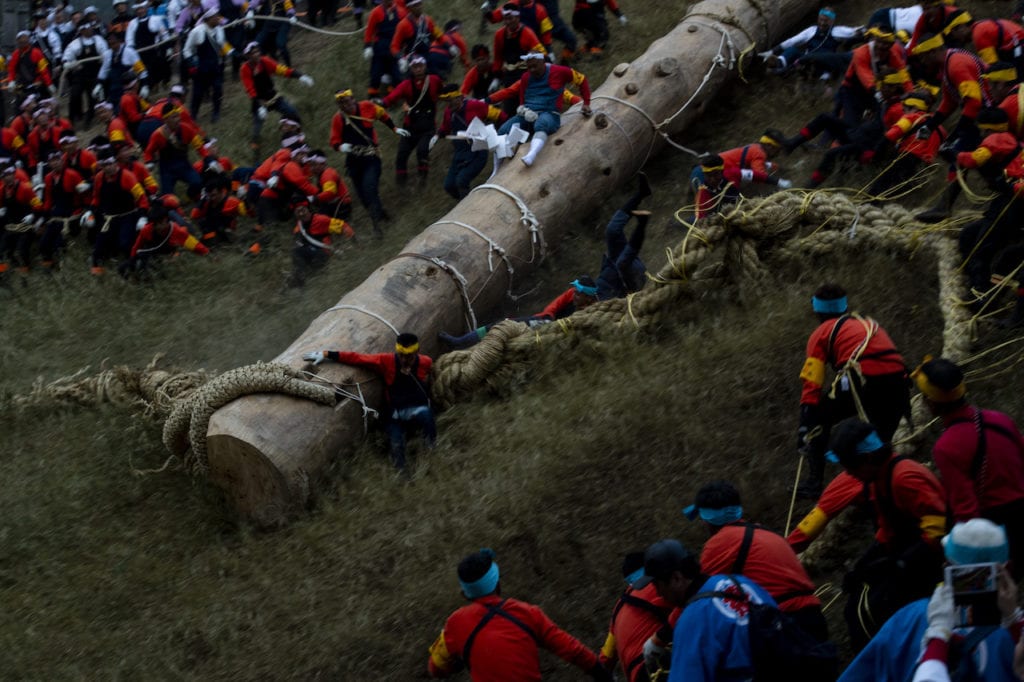
The origins of the festival are shrouded in mystery, and despite injuries and a history of fatalities, it has continued uninterrupted for over 1,200 years. “My father and grandfather are both involved, and I’ve experienced it since I was a child,” says Kobayashi. “It seems strange, but I can understand it because I was born and raised there — it is difficult to escape old cultures and customs.”
Kobayashi was intrigued by the way in which other rituals and traditions were passed on through time. In the past six years, he has visited and photographed over 40 of these events and gatherings. Now, his images are published in a photobook, Primitive Cries in the Night, a fascinating journey into the dark and sometimes twisted rituals of Japanese festivals.
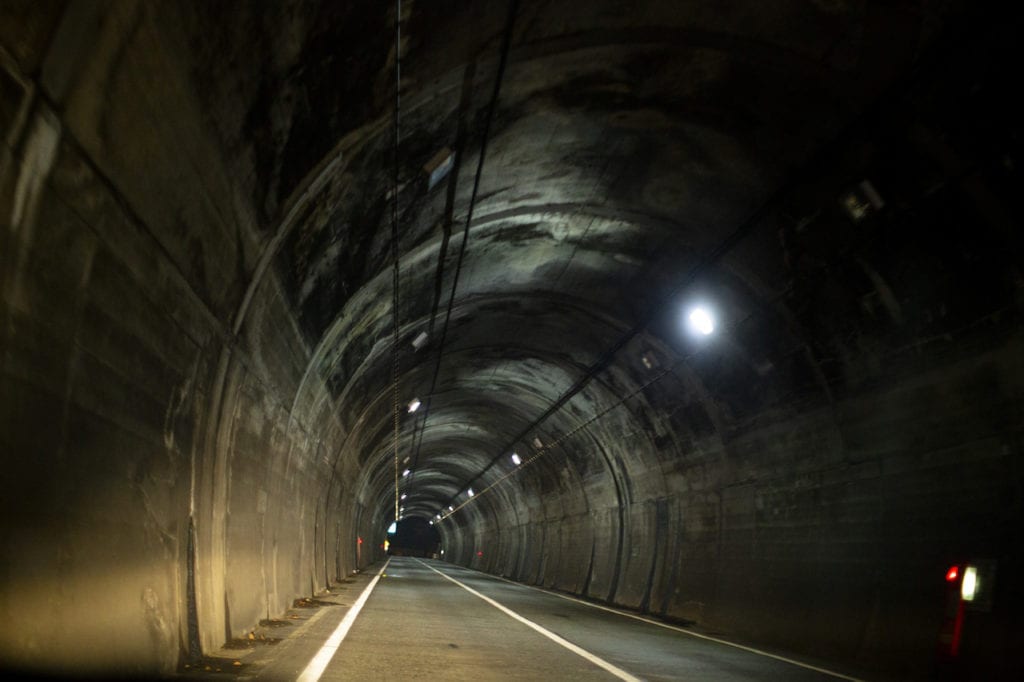
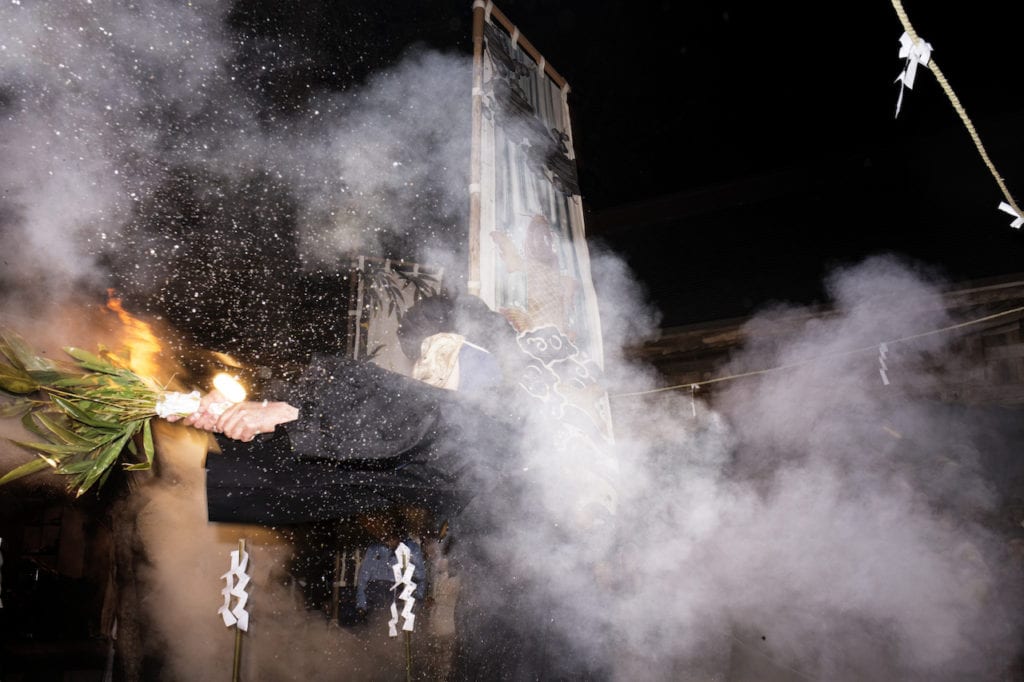
Kobayashi alludes his work to a time machine, and to the story of Alice’s Adventures in Wonderland, “I want readers to feel like they are travelling to a strange world,” he says. According to the photographer, many old Japanese festivals take place at night, so Kobayashi had to use flash photography to capture them. But what could have been a restriction to his photography provided him with the desired effect. Recurring motifs of tunnels and winding roads lead the viewer into snapshots of scenes from an unknown time and space, illuminated by the flash of Kobayashi’s camera, as if it is a secret that only he can expose.
Primitive Cries in the Night by Kisei Kobayashi is published by AKAAKA.
—

